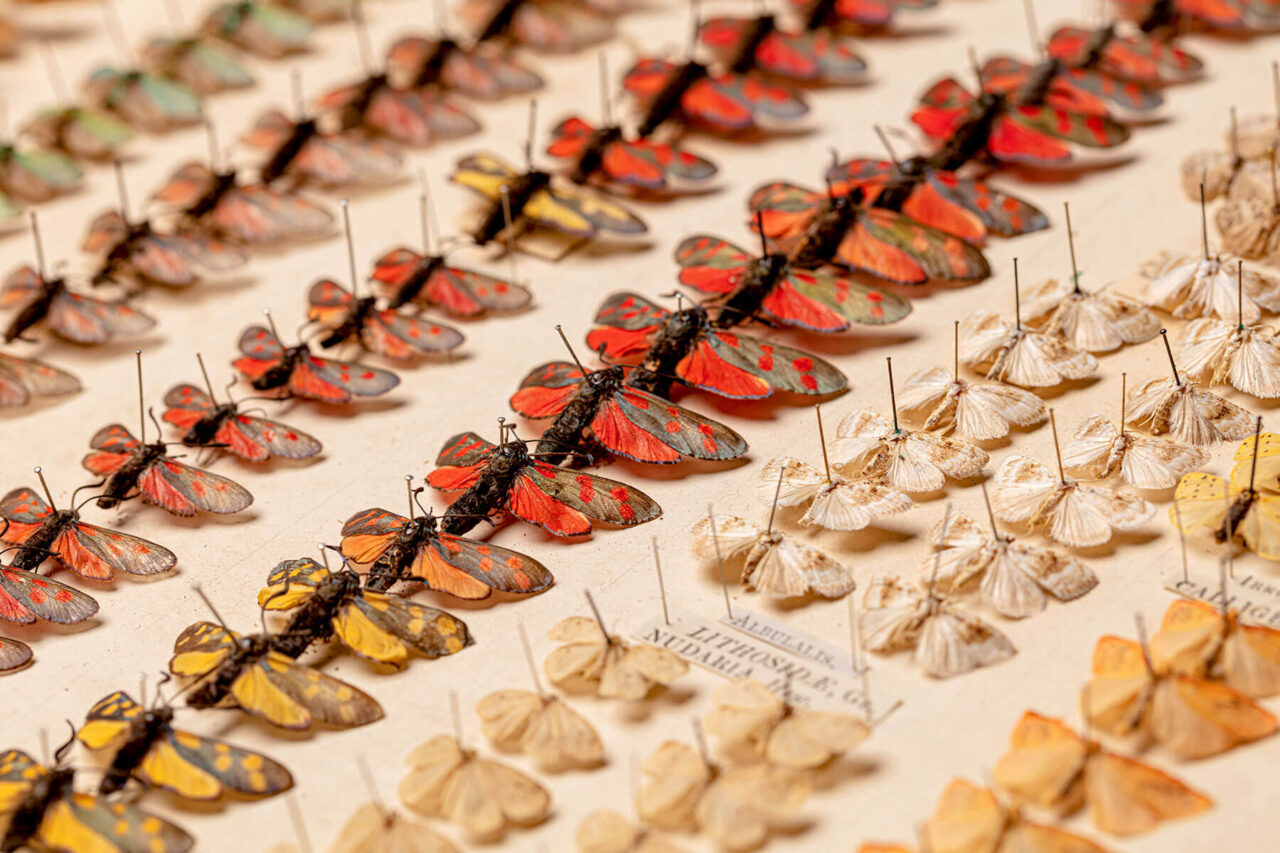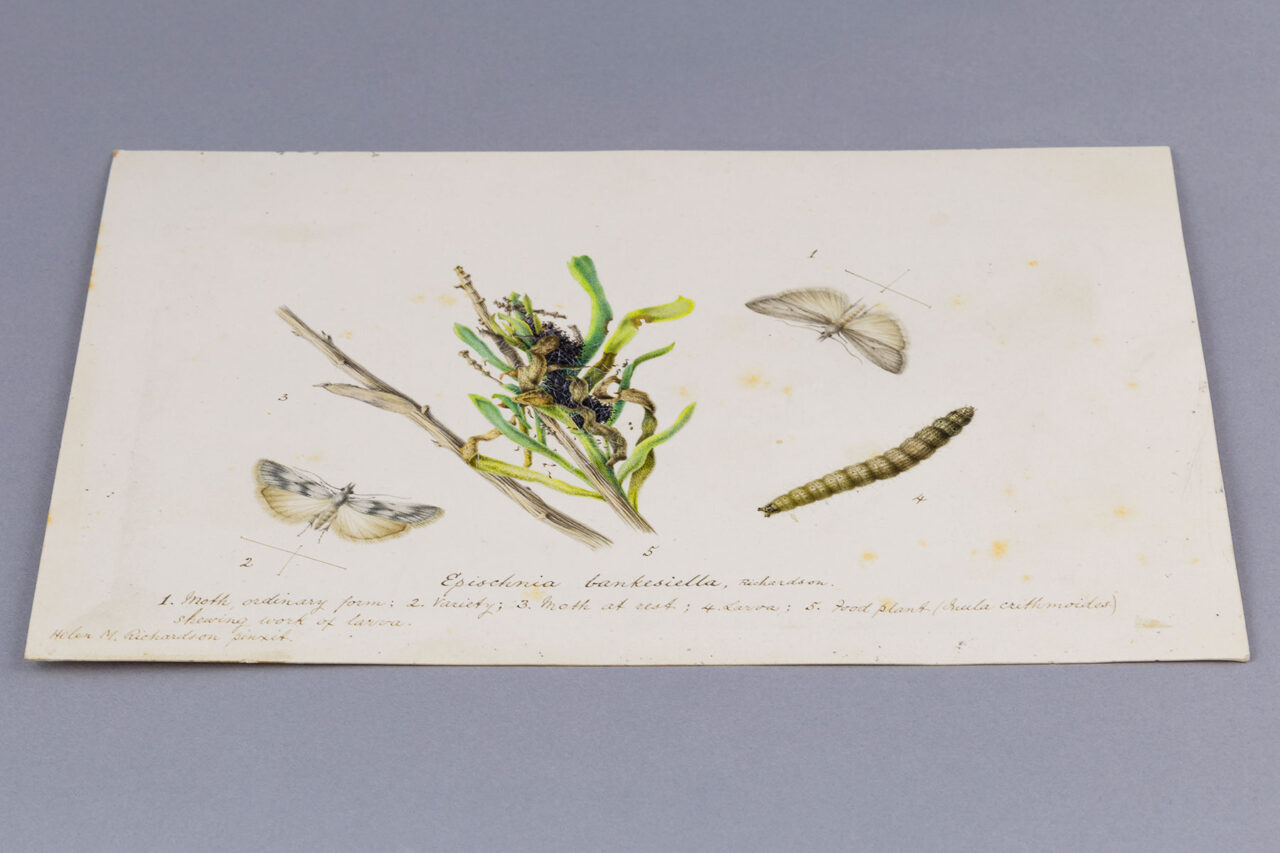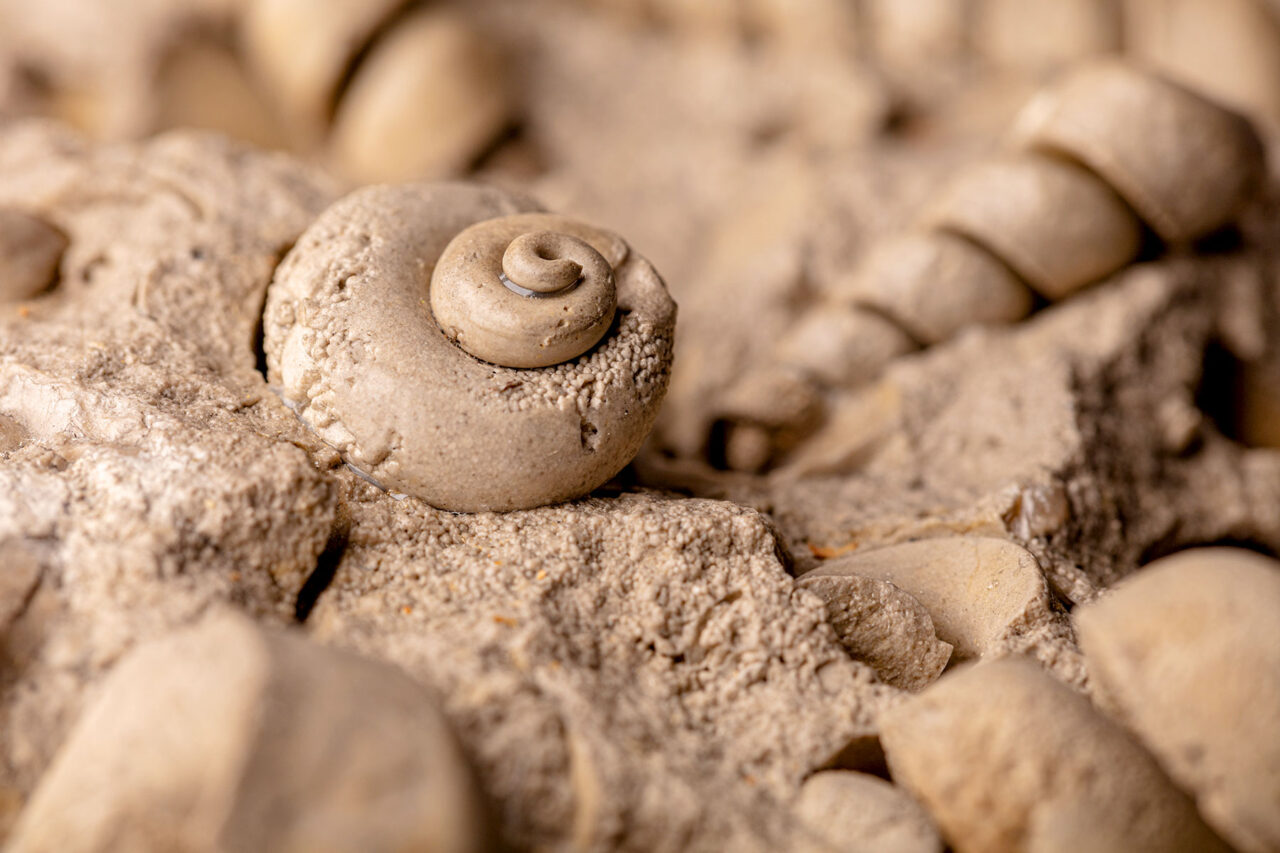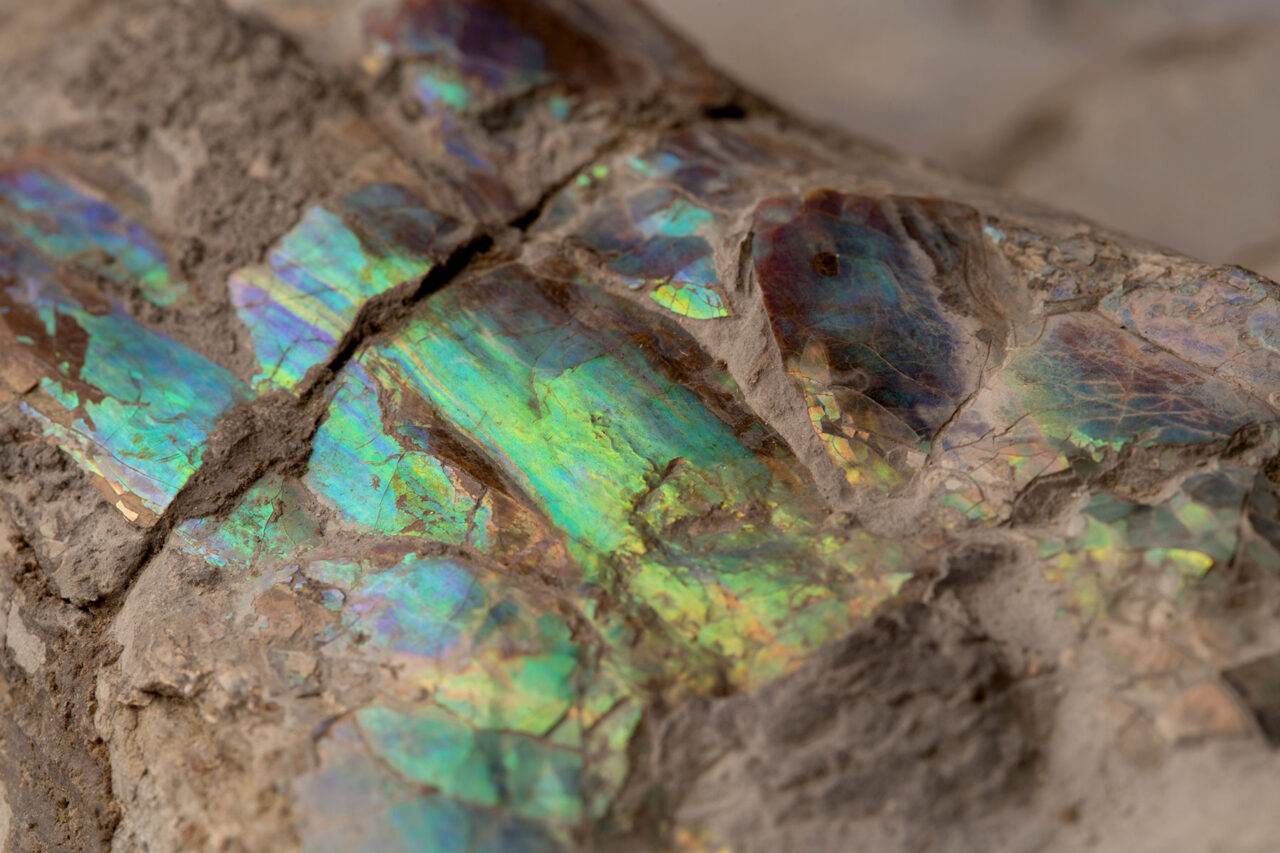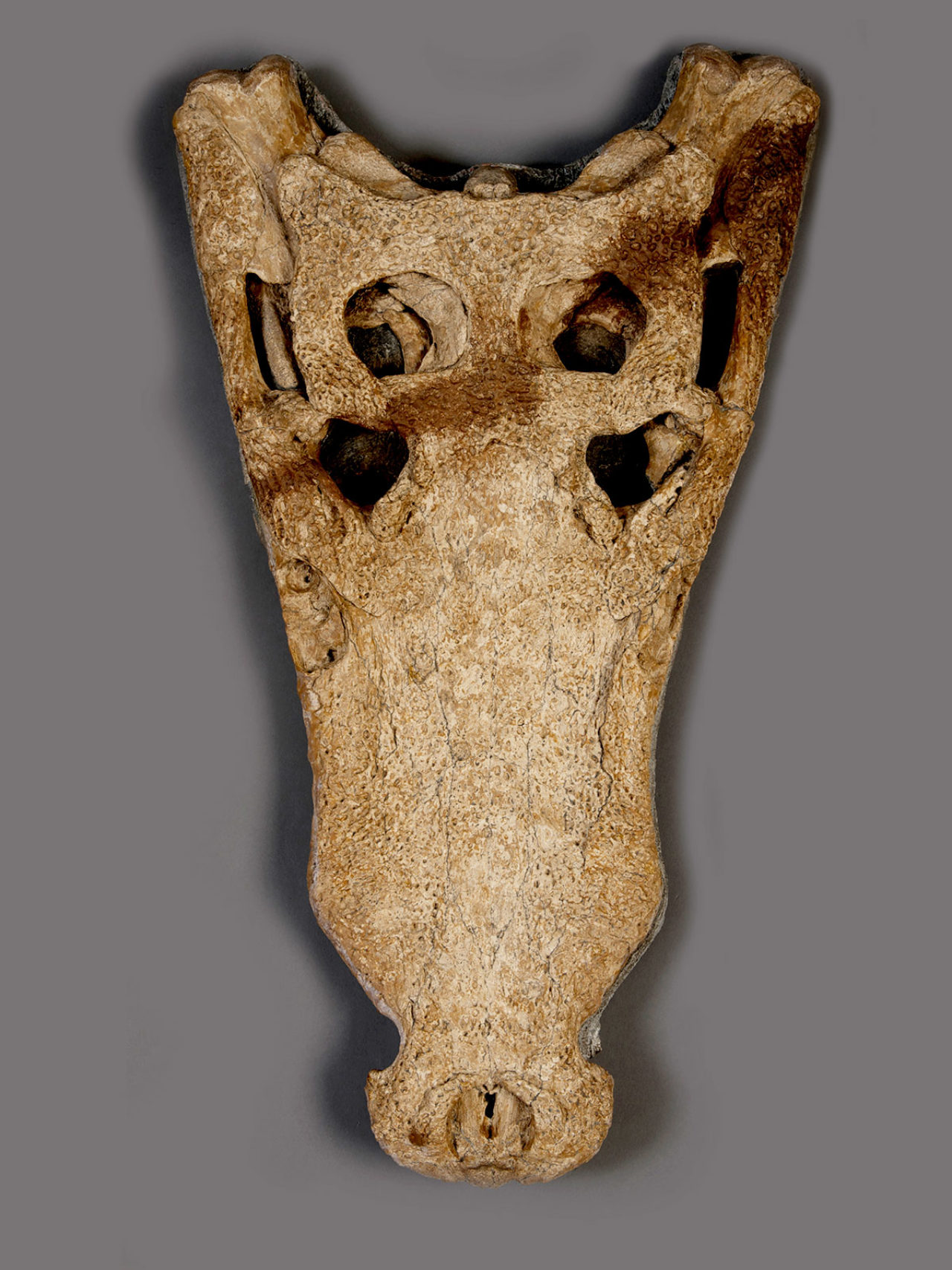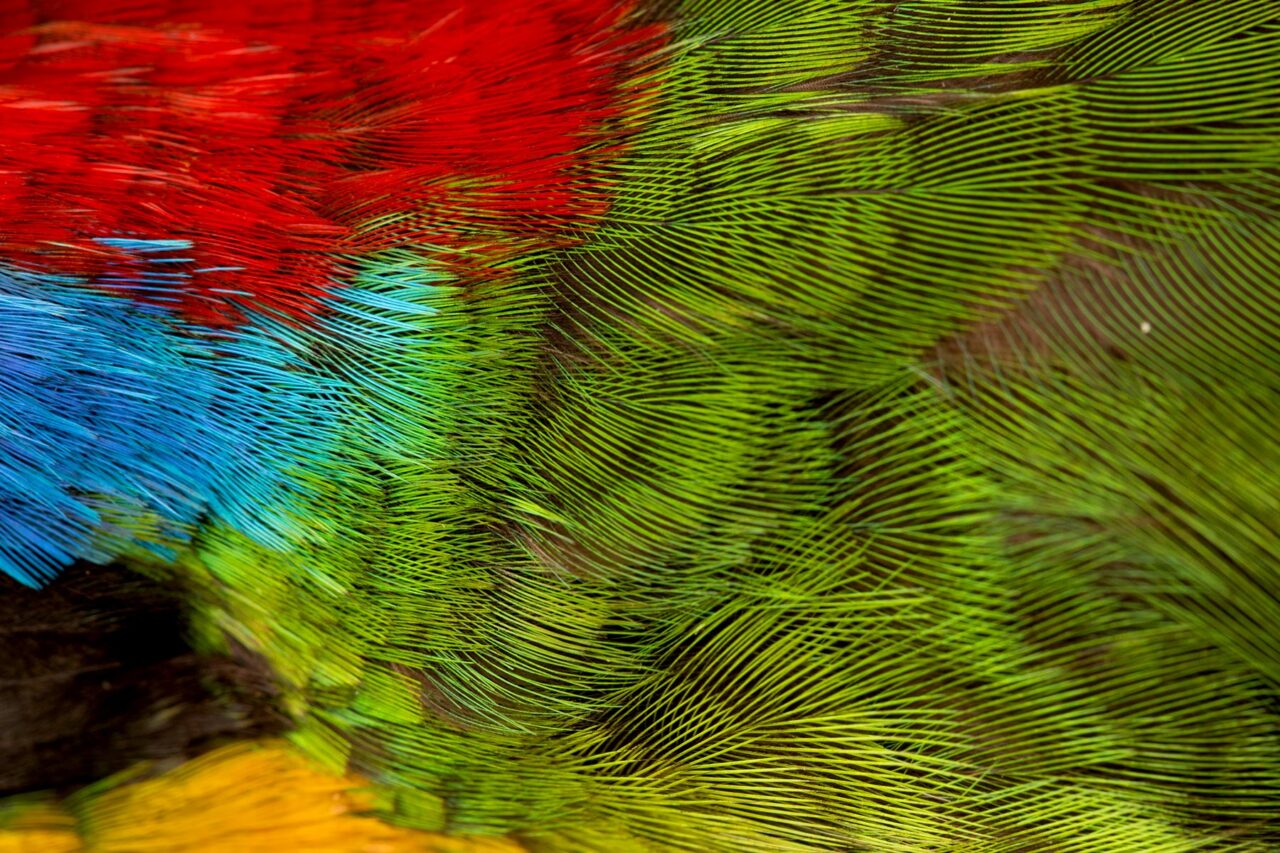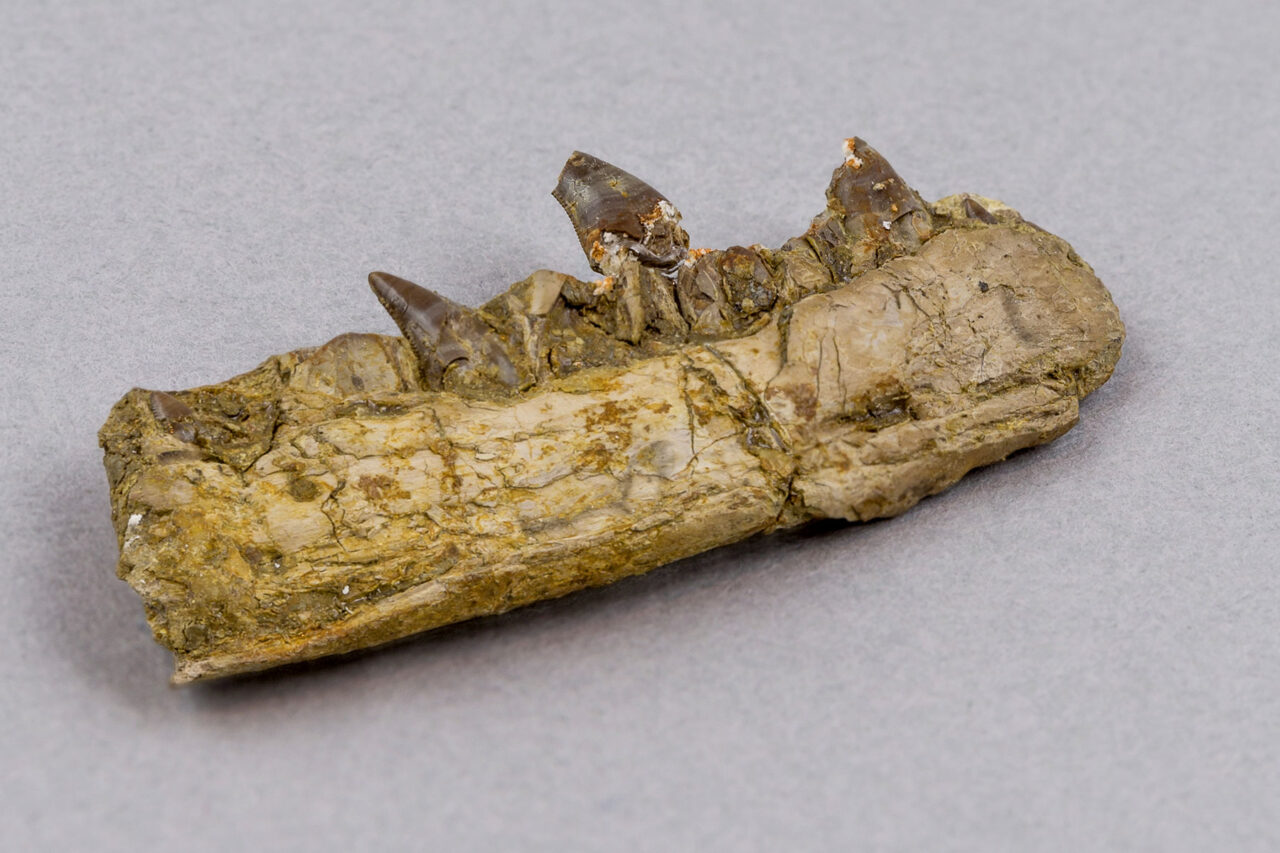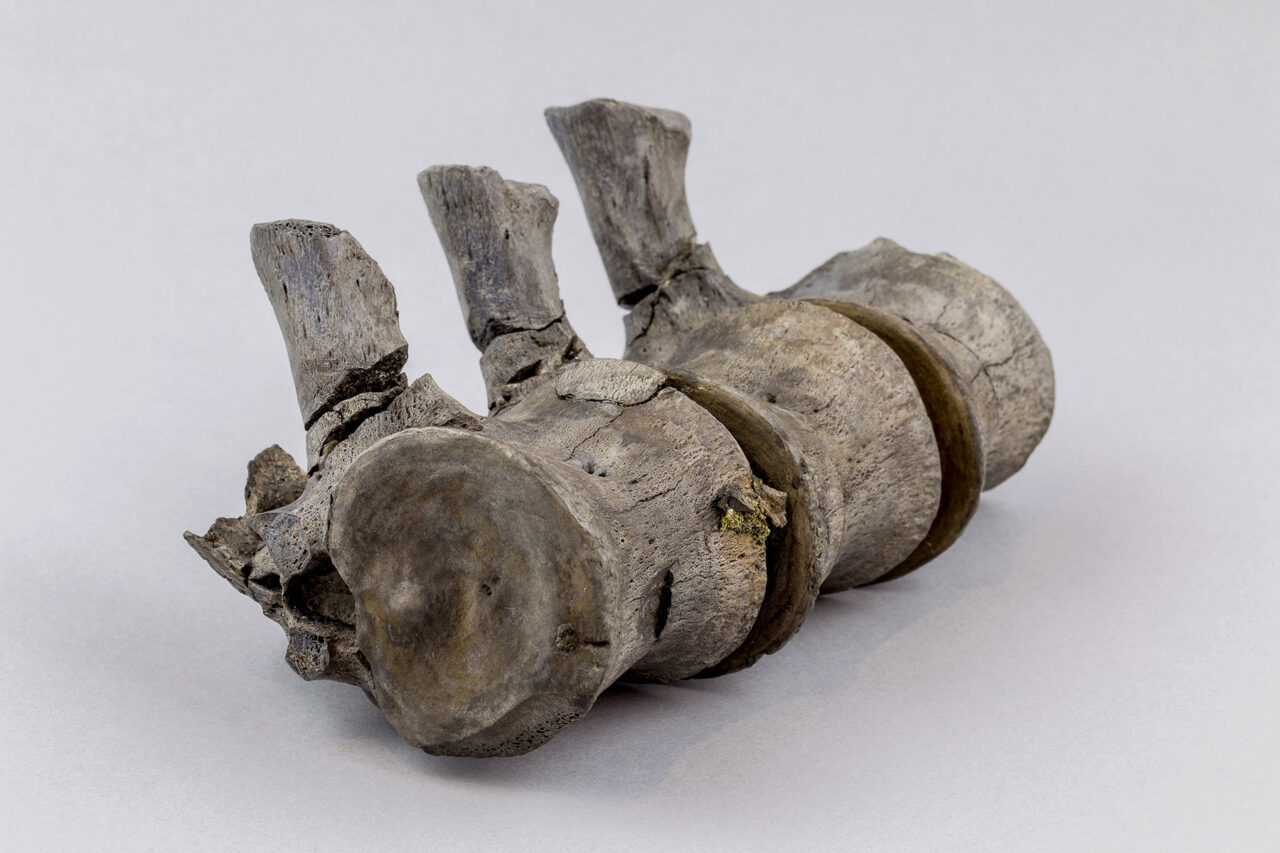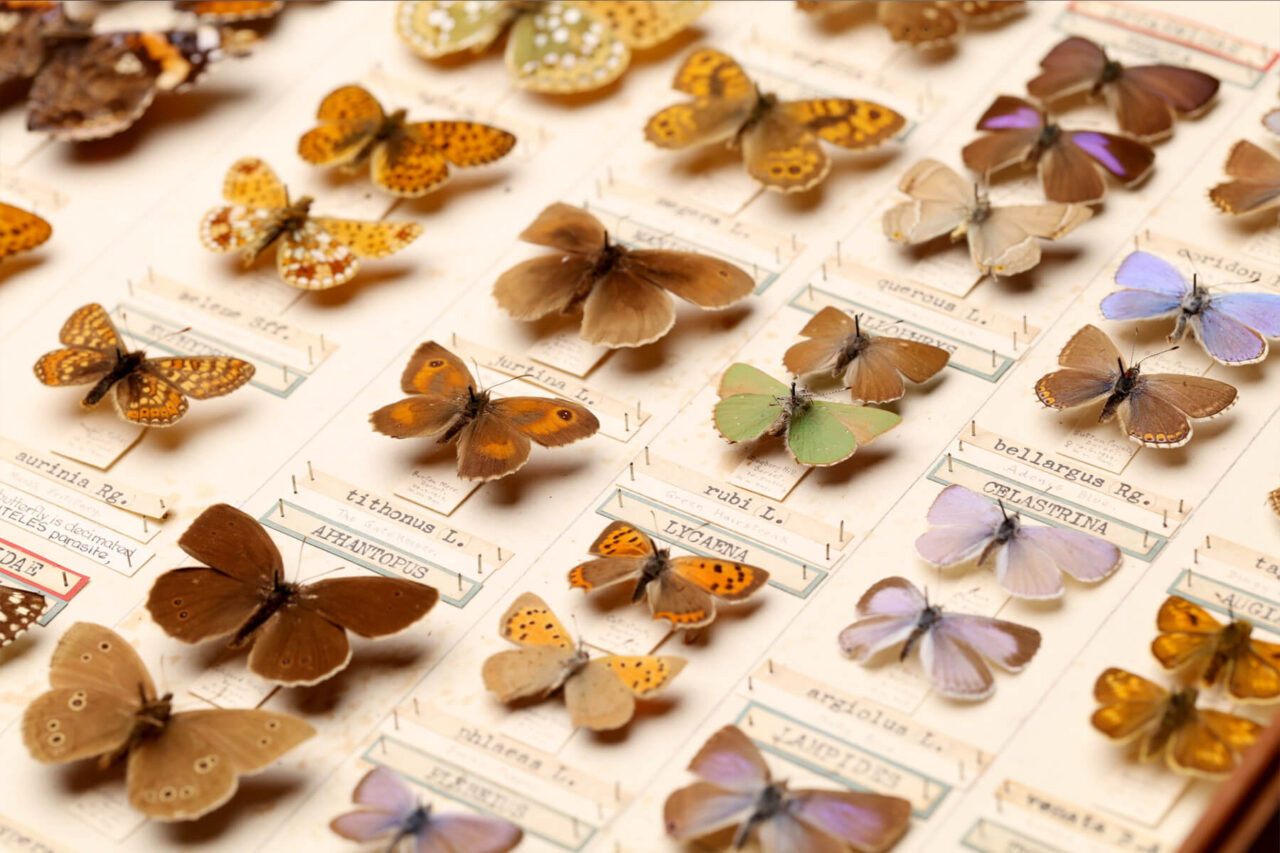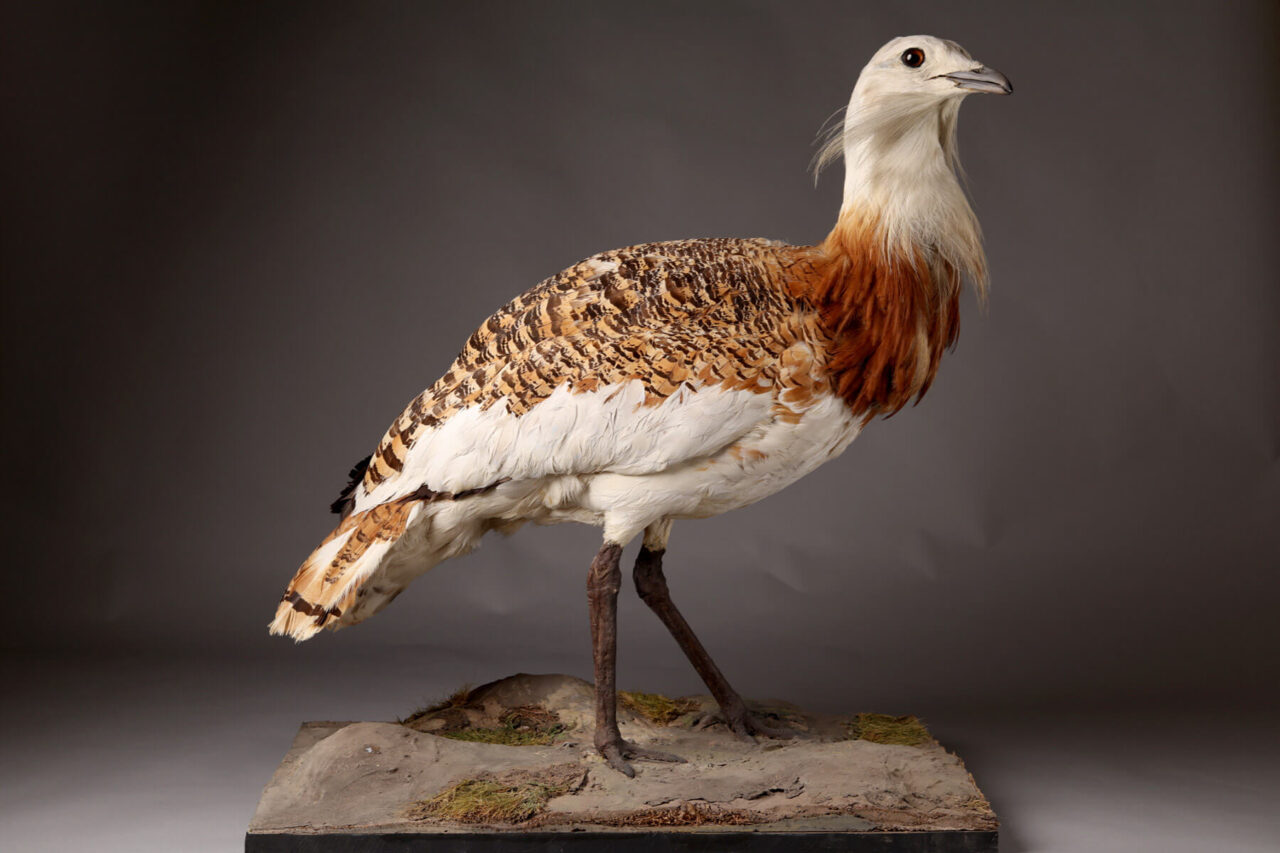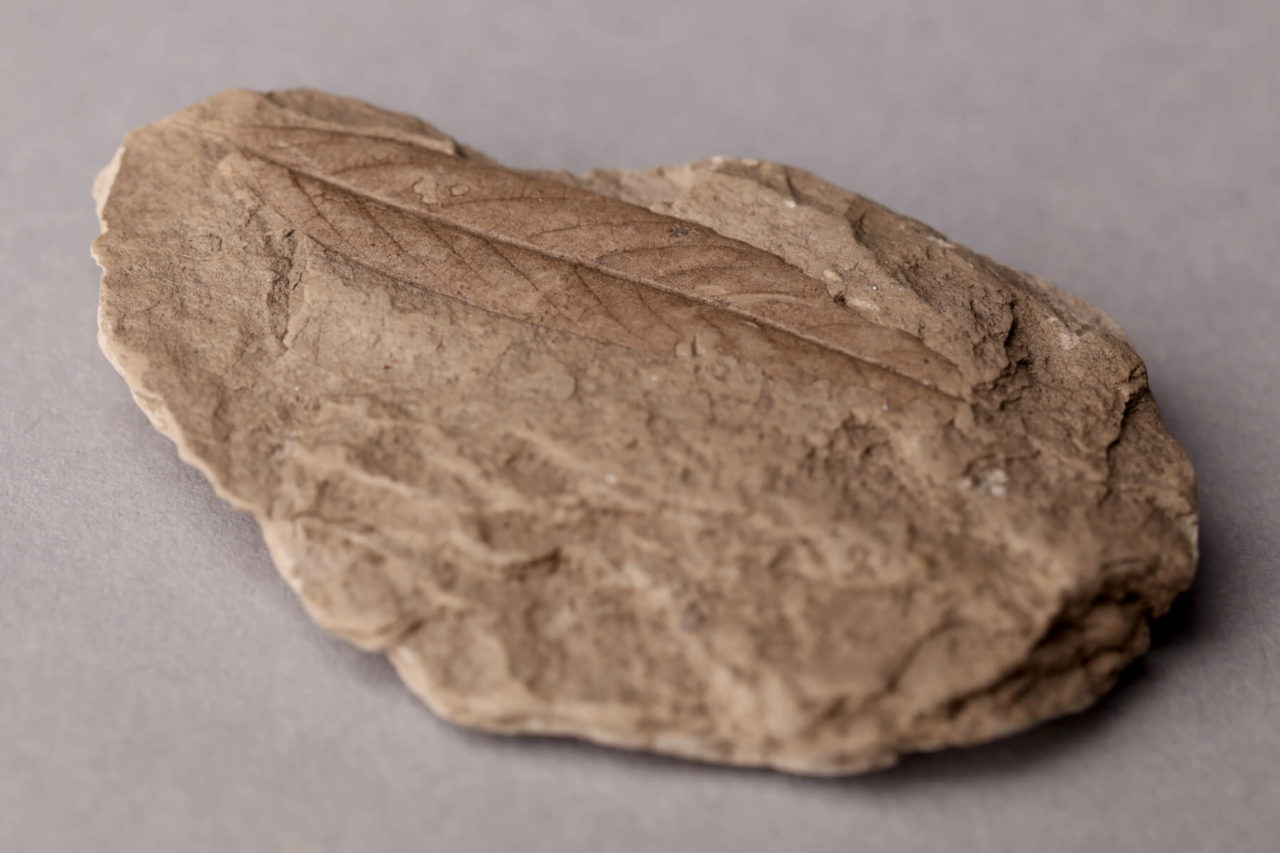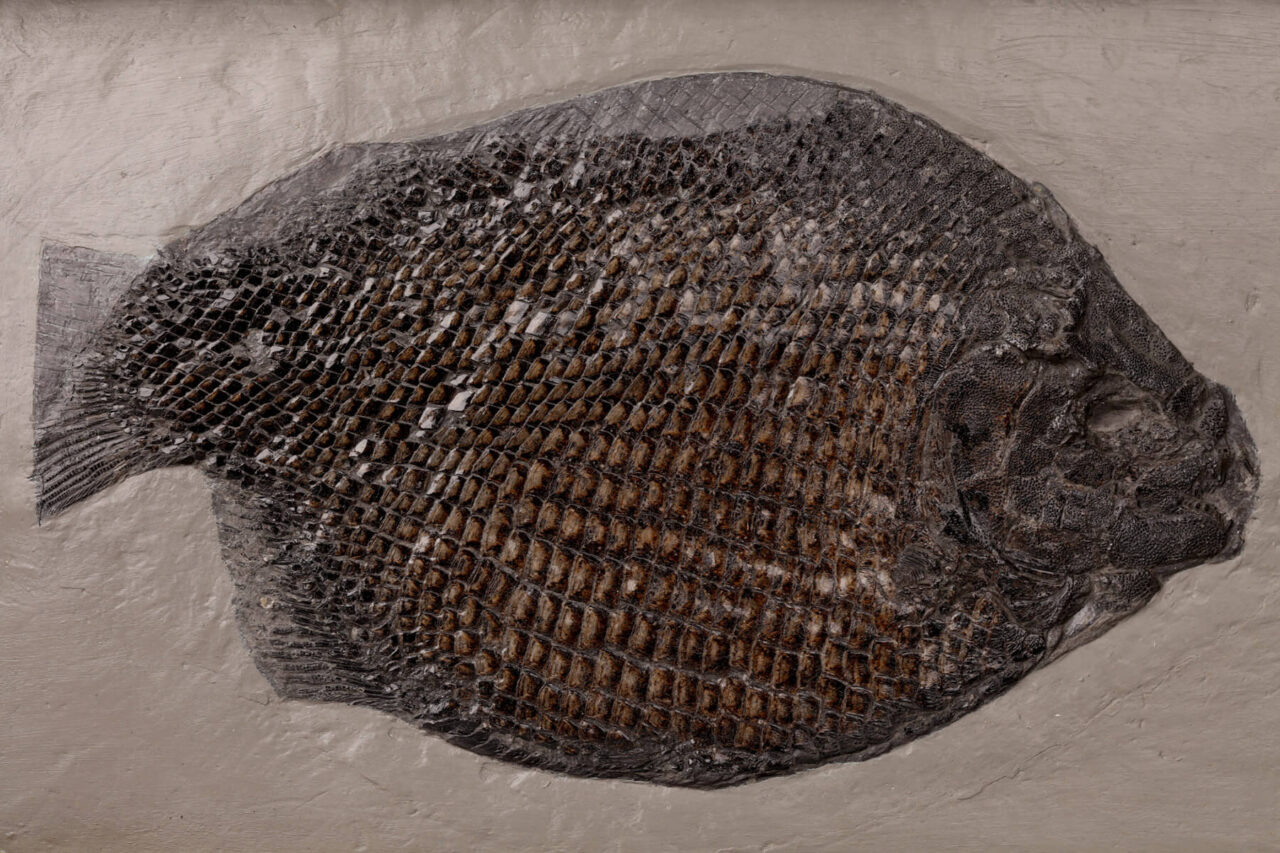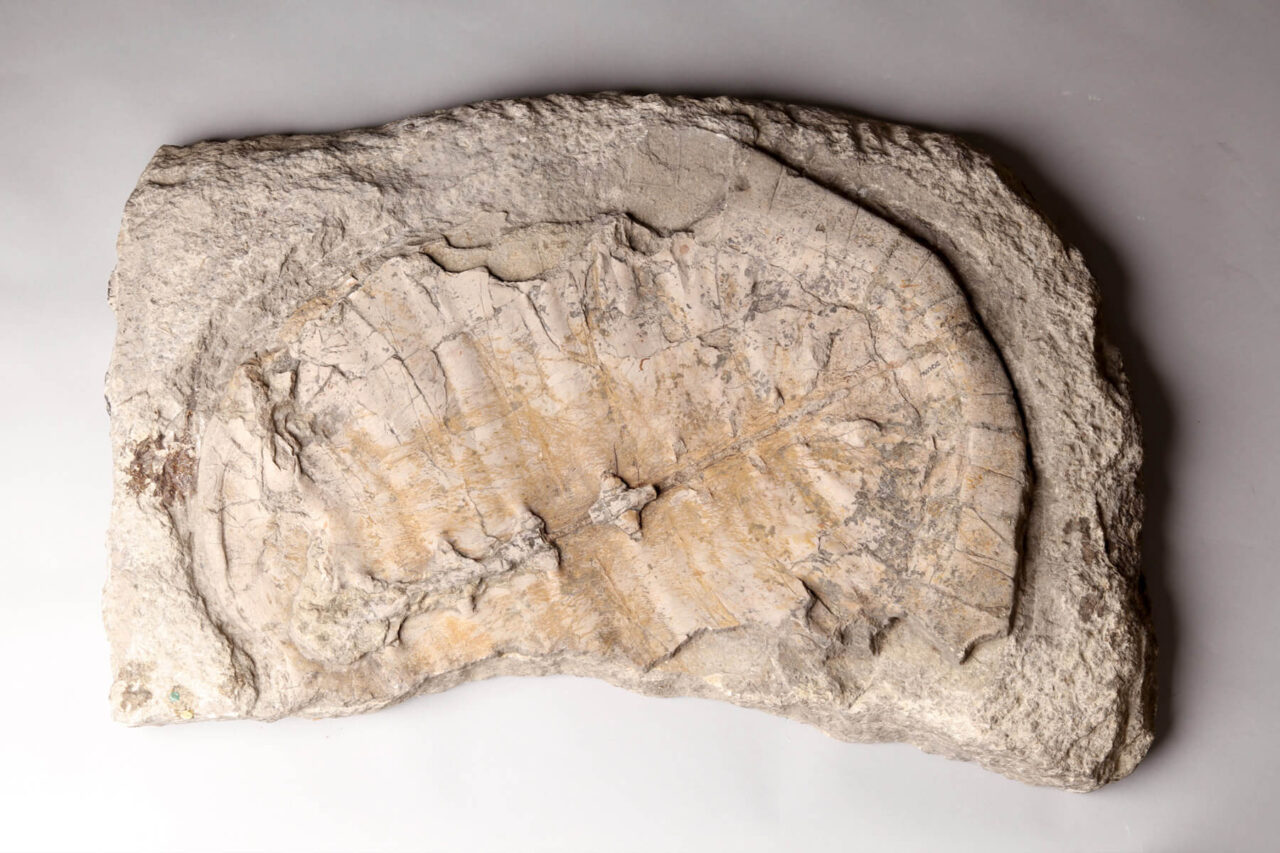Natural Dorset
See 250 million years of natural history come alive as Natural Dorset in the Lulworth Gallery reveals the secrets of the county’s geology, landscapes, habitats and wildlife.
Wonder at Jurassic Coast discoveries that put Dorset on the map for fossil hunters – and archaeological objects that show how early people shaped the land. Touch ancient objects, get a close-up view of microfossils and crawl through a pliosaur head if you’re small enough. You’ll discover how people have used, investigated and enjoyed Dorset’s landscape and resources, as the wonders of its scenery and wildlife play out beautifully on film.
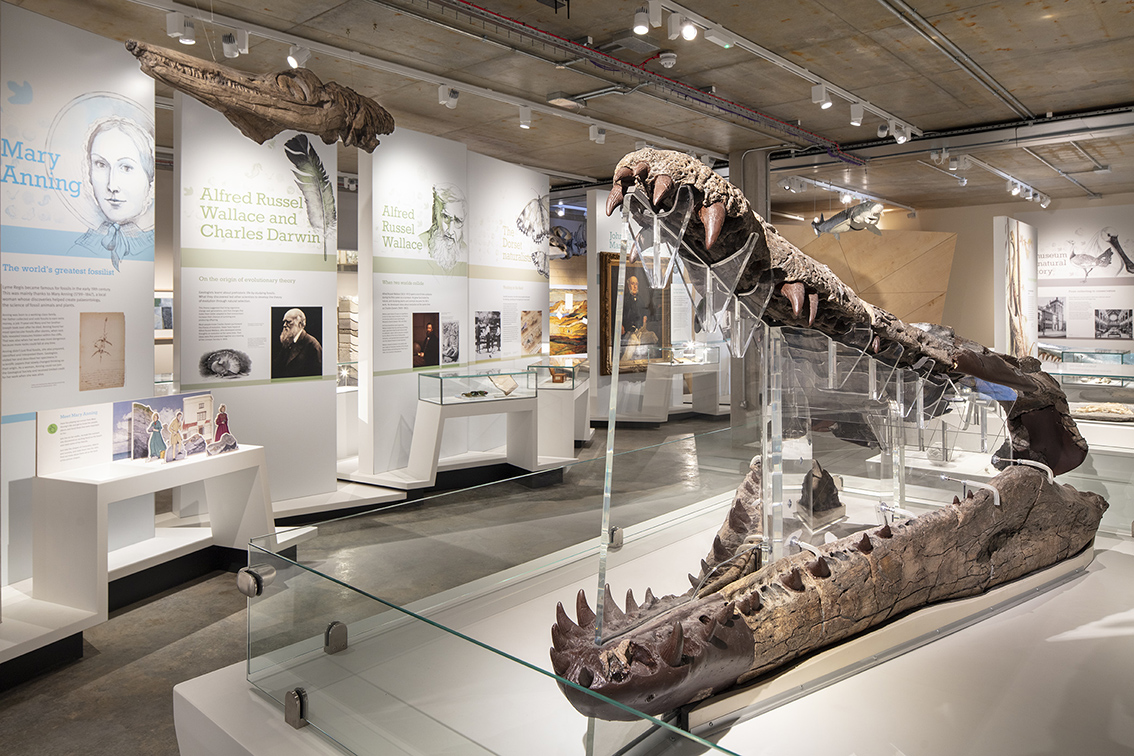
Important Announcement
The lift in the Museum is currently out of action.
We hope to resolve this very soon and apologies for the inconvenience.
-
-
Opening hours:
Dorset Museum & Art Gallery
Daily: 10.00am - 5.00pm
TASTE Café
Daily: 9.00am - 4.00pm
Sunday: 10:00am - 4:00pm
-
Admissions:
10% discount for Adult and Young Person Unlimited Ticket booked online using discount code DM01
BOOK ONLINE SAVE 10% -
-
-
For more information
[email protected]
What's Inside
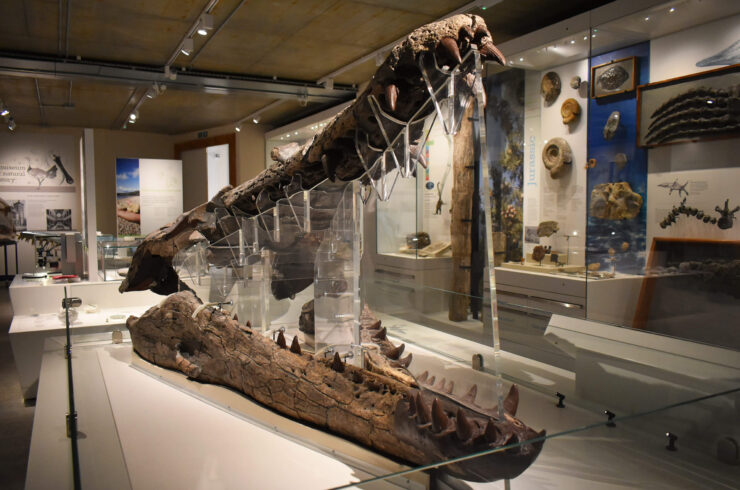
Weymouth Bay Pliosaur
The fossilised skull of a Pliosaur (Pliosaurus kevani), the largest marine reptile that ever lived. Dating back around 155 million years, the pliosaur skull was discovered on the nearby Jurassic Coast World Heritage Site and is one of the largest and best-preserved fossils of its kind ever found.
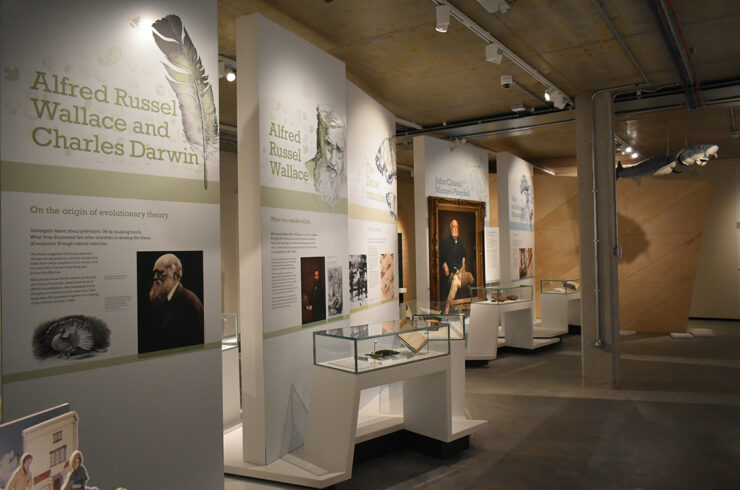
Inspired by the Natural World
Explore how Dorset people collected, investigated and made important discoveries about the natural world – and what we can do to protect its future.
Highlights
Late 19th century
Helen and Nelson Richardson’s entomology collection
Helen (c.1855-1936) and Nelson Richardson (1855-1925) collected and documented moths and butterflies (Lepidoptera) on Portland and Purbeck, and discovered a number of new species. These…
Late 19th century
Watercolour by Helen Richardson
Helen Richardson (c.1855-1936) was an enthusiastic field worker, collecting moths at night on Portland. She illustrated specimens in intricate watercolour paintings – some were reproduced…
c.150 million years old (Portland Limestone Group)
Portland Roach stone with molluscs (Aptyxiella portlandicum and Myophorella sp.)
When this limestone was forming, the snail and bivalve shells buried in it dissolved away, leaving gaps. The solid shell shapes you see are casts…
c.190-201 million years old (Lias Group)
Belemnite with mother-of-pearl (Conoteuthis sp.)
You rarely see mother-of-pearl preserved like this in a belemnite – a squid-like fossil. The shell was made up of fine, alternating layers of inorganic…
c.140 million years old (Purbeck Group)
The Swanage crocodile (Goniopholis kiplingi, holotype)
This skull is from a substantial crocodile that dwelled in Purbeck’s Early Cretaceous lagoons. There it waited, motionless, to ambush unsuspecting animals. Fish, turtles and…
1850s
Bird skin collected by Alfred Russel Wallace
On Wallace’s trips to the Malaysian islands he collected over 8,000 bird specimens. Studying them helped him develop his theories on evolution…
c.142 million years old (Purbeck Group)
Raptor dinosaur jaw (Nuthetes destructor)
This tiny lower jaw is the first raptor dinosaur fossil found in Britain. It belonged to a small dromaeosaur – a group that also included…
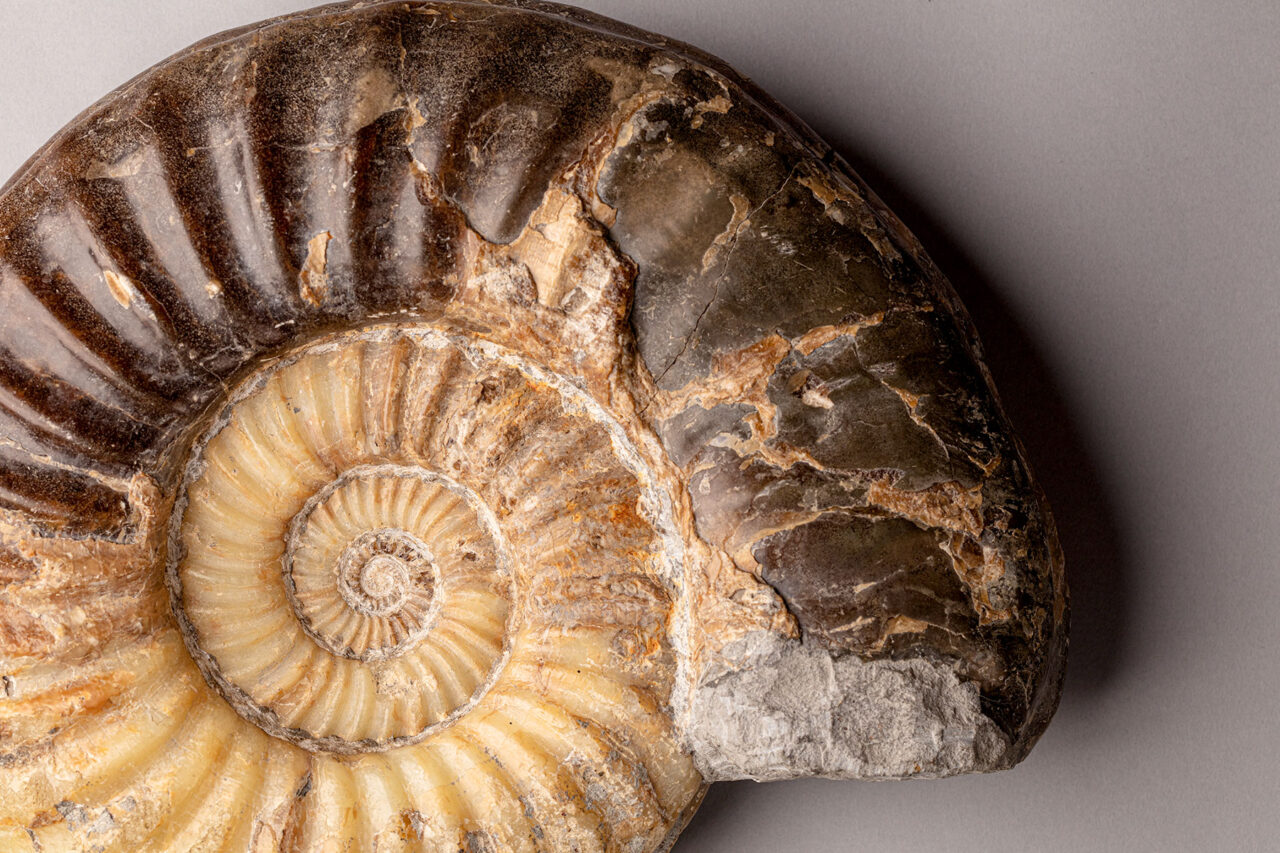
c.190-195 million years old (Lias Group)
Star ammonite (Asteroceras sp.)
This superb ammonite retains some of its original shell. It shows some of the textures and features the shellfish had in life, such as grooves…
c.189 million years old (Lias Group)
Dinosaur backbones (Scelidosaurus harrisonii)
These backbones belonged to a famous local plant-eating dinosaur called Scelidosaurus. Adult scelidosaurs were three to four metres long, with long tails and protective body…
1950s
Cyril Day’s butterfly collection
These are just a small part of Cyril Douglas Day’s (1885-1968) collection of 2,652 insects, representing the wide diversity of species commonly found in Dorset…
Date unknown
Great bustard
Great bustards were native to Britain and used to live on parts of Dorset’s open grasslands. By the 1840s hunting and habitat changes had made…
c.47-50 million years old (Poole Formation)
Flowering plant leaf
Can you spot where insects nibbled the edges of this leaf? Today’s flowering plants and insects often depend on each other to live. This fossil…
c.195-200 million years old (Lias Group)
Fish (Dapedium sp.)
Thick scales and bony skull-plates protected this fish from predators. Even if a hunter spotted its slender profile, it could have escaped by changing direction…
c.142 million years old (Purbeck Group)
Turtle shell (Hyaeochelys emarginata) ND
You normally see a turtle’s top shell (carapace) from the outside. This shell has been fossilised with its inside showing. There are backbones (vertebrae) still…
